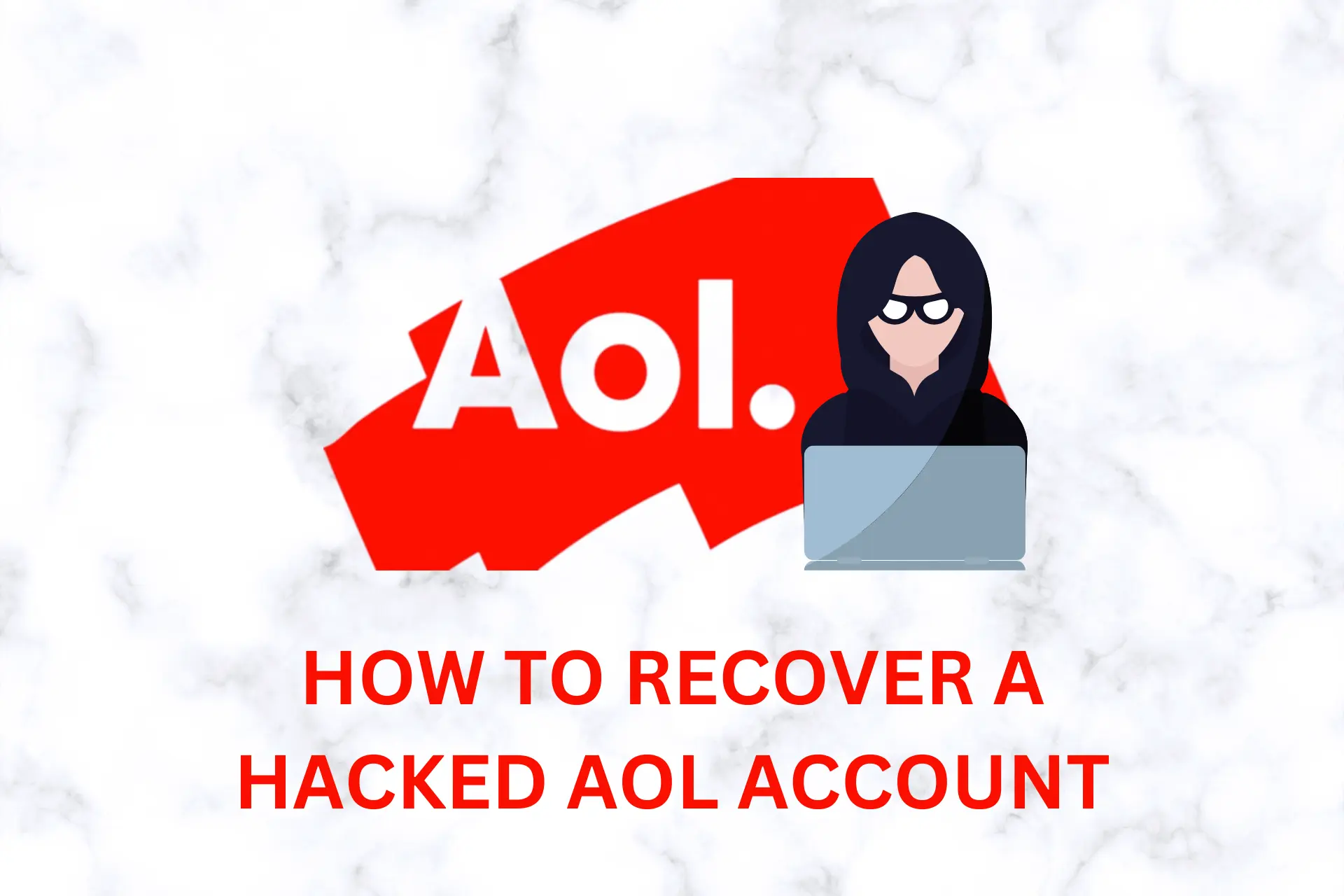How to Set up Secure Payment on a Website (Complete Guide)


By now, we all know that most things including businesses have migrated successfully to the internet world. Hence, it becomes essential to know how to set up secure payment on a website.
So, be it a grocery store or a fashion store, you can easily access and purchase your favorite things with just a click.
However, a customer would only initiate a purchase through an online business or e-commerce site, if he/she knows that the payment system that has been set up by the website owner is trustworthy.
And it is fair enough because no one will ever trust someone with their hard-earned money if they don’t know them personally.
How to set up secure payment on a website?
If you are running an online business and want to set up a secure payment on your website, then you certainly have two options for that.
- Setting up third-party software.
- Setting up an in-house online payment form.
#1. Setting up using third-party software:
This is the first option that you can use to set up a secure payment system for your online business.
A third-party payment software can be really helpful if you are running a small business and don’t wish to spend more on technical support.
Moreover, these types of payment software can be easily integrated without any hassle and provides appropriate security measures.
So, if you want to integrate third-party payment software on your website, then follow these simple steps:
Research your options:
There is many popular third-party payment software like PayPal, Square, Stripe, and Stax.
So, you gotta do some research work and pick the one that suits your need.
Following are the things that should be kept in mind while researching your option.
- Maximum setup fees.
- If the funds are directly transferred to your bank account or should be retrieved through your provider.
- Monthly rental.
- Per transaction fees.
- The integration policy.
Setting up your merchant account:
After choosing the provider, you may or may not have to go through merchant account underwriting.
Although, if you want to set up a merchant account because of faster funding, lower fees, or other benefits, then your payment provider will help you get through the process.
Building the payment form:
After you are done with the above step, you can now start customizing your payment forms.
So, decide the products, services, and payment types that you would like to offer to your customer.
After that upload your logo and activate the form.
Integrate into your practice:
Lastly, you will need to take the necessary steps of notifying the customers of the payment method, and practice it yourself so that you can get used to it.
Plus, you will need to decide whether you want to link the form from your website or in emails.
#2. Setting up using an in-house online payment form:
If you want to give a customized look to your payment form, then an in-house online payment form should be your pick.
With the help of an in-house payment form you can have more control over development, and the more control you have, the more you can tailor your solution according to your business.
Not only this, but you can also expand your online payment functionality into a shopping cart.
Plus, as it is your code, you can revise and update it at your convenience.
So, if you are interested in implementing in-house online payment on your website, then, just follow these steps:
Get an expert, if you ain’t one:
As the in-house payment form is solely based on coding, so I advise you to get an expert (if you are not the one).
Getting an expert on board for this task can make coding, security, and connections right.
Setup a hosting platform:
Secondly, integrate your website through a trusted hosting platform.
Secured hosting can help you protect the sensitive data and financial information of the customer from being stolen.
Moreover, according to a poll, around 84% of the customers will abandon a purchase on any e-commerce website, if the connection was not secured by an SSL certificate.
Therefore, always apply for an SSL certificate to acquire the data encryption technology.
Register your website:
Next, you will need to register the website that you will be using to set up the online payment form with the digital authentication service.
By doing so, you will indicate to your customer that the site is a legitimate one and all the information that is traveling through it is encrypted.
Integrate the payment form:
Online payment may have fewer moving parts compared to full shopping carts, but needs a “click to pay” link that directs customers to your secure server so that they can feed in their payment information.
So, you need to use an expert to build as well as integrate the payment functionality of your site.
Find a processing solution with an applicable API:
There is no doubt, that a merchant account can process the payments.
But, if you need to process ACH payments in addition to credit cards, then you need to find a separate processing partner.
Integrate the processing platform with your payment form:
After you get your merchant account activated, you will need to get the API keys, so that you can securely link your payment form into their back-end processing.
Test and Launch:
After successful integration, you will need to test out the system yourself to spot any errors.
So, to start with, try combinations of payment with some products.
Make sure that the form is fully functional.
When you feel like it is working fine after a thorough test, you can then finally launch the form and make it public.
Make support easy to find:
Last but not the least, always provide robust customer support to your clients, so that they can reach out to you if they need any help.
Some solid options are call, email support, and 24*7 live support.
Not just that, if you have a physical customer support center, then make it a point to notify your customers about it along with a perfect street address.
How does an online payment system work?
The online payment system consists of three parts – The payment gateway, the payment processor, and the merchant account.
Together these three elements of your online payment system handle the entire transaction from beginning to end.
In short, withdrawing funds from the customers when they make an online purchase, and then depositing them into your business merchant account.
Best practices to accept online payments:
Now that you know how to set up a secure payment on a website, we shall move forward and see which are the best practices that you can adapt to accept online payments.
Make it readable:
Readability is one of the most important factors that can help a customer understand what is written in the payment form.
Therefore, make sure you accurately mention the headlines of the boxes.
Also, make sure you spell every headline correctly along with simple and standard font size, style, and color.
For instance, Sans-Serif looks better in standard size and color.
Bright color may cause strain on your eyes.
Create a natural flow:
Well-aligned fields can help a customer complete the form in a speedy way.
Therefore, always use ideal alignment and field layout according to the type of information that is being requested.
For instance, the top-aligned field labels and right-aligned field labels can be considered easy on the eyes, thus making them the perfect choice if you want to extract less information from your customers.
Although, it can be a mess when it comes to lengthy field labels, and therefore, you can try the left-aligned field labels for longer labels.
Keep it simple:
Who doesn’t love simple things?
Hence use multiple pages and clear header forms to break long forms into a simple and understandable format.
Additionally, you can also implement a progress bar for the customers, so that they can get a clear idea of where they are in the process and how much more they need to fill out.
Simplify error correction:
There is nothing more frustrating for a customer than seeing his already filled-up data getting erased due to a small error.
So, to avoid this situation, it is much better to create a payment page that makes it easier for the customers to rectify the error, rather than erasing it.
Make the information feeding part easier for the customers:
If you know that a customer will repeat himself/herself in the future, then probably you can tell them to sign up.
By signing up, a customer will only need to fill up his/her information once, and it gets saved for future purchases.
Thus, saving customers a lot of time.
Provide multiple login options:
Not every customer that you encounter will love to provide their information to you on their very first visit.
Therefore, give them the flexibility to check in as a guest.
Also, provide them with the option to use their social media accounts to log in, which in turn will make the whole process a lot faster and straight.
Authentication/Login Layers:
No customer would trust a website with their personal information if it doesn’t have multiple authentication layers to restore a forgotten account.
Therefore, always try to implement multiple authentication layers on your website, so that the customers would be at peace.
Provide clear check-out buttons:
A visible check-out button can heavily increase the chances of sales.
Therefore, it is recommended to place the call-to-action button for checkout in a place where customers can spot it easily.
Plus, use such a color tone for the checkout button that it stands out.
Use tooltips:
Usually, there are some fields that can make a customer confused.
So, to give them the proper information on that column, without them leaving the form page, you can implement tooltips besides every field.
Now, if you don’t know what are tooltips, then let me explain.
A tooltip is a type of question mark sign that a customer can hover or click on to get the possible information on what that particular field title signifies.
You can also implement field validation that ensures a customer if he/she has missed a particular field or has fetched in improper information.
Use a security logo or seal.
Make sure you add the security seal and credit card logos to your website, or at least on the checkout or add to cart page to reassure your shoppers that your site is secure and a trusted place.
Provide with detailed confirmation page:
Before allowing your online shoppers to make a final check-out, make sure you provide them with a detailed confirmation page that contains details like the price to be paid (including taxes), total quantity, name of the products, and date of shipping.
Also, make sure you provide your customers the option to add or remove the products before clicking on the submit button.
Provide optimized checkout page:
The last thing you don’t want your customers getting is cold feet at the last moment when they want to check out.
Therefore, to avoid such situations, always provide your customers with an optimized checkout page that also looks trustworthy.
Make sure your website is PCI compliant:
When hosting an e-commerce website, make sure your website is PCI compliant at a decided level.
Usually, it is based on debit/credit card transaction volume for 12 months.
Most Saas shopping carts have built-in PCI compliance.
Integrate the payment processor on your own server:
When a customer is redirected to another page while making a payment, it lands them in a confused state and as a result, many of them withdraw from the checkout process without completing it.
Therefore, integrate a payment processor solution on your own server, that will allow more flexibility and customization along with trust.
Make sure you install an SSL certificate:
An SSL-equipped website is considered to be the safest and most trustworthy when it comes down to sharing your personal data.
So, it is better to install an SSL certificate on your e-commerce website to make it secure.
An SSL-equipped e-commerce website will indicate trust to your customers, thus giving in more sales.
Make your payment gateway mobile ready:
Many buyers these days purchase things using their smartphones, and why not, as it is more convenient.
Therefore, make sure you make your payment gateway responsive to mobile phones too.
Always send the confirmation email:
Finally, always send a confirmation email to your customers with a responsive email address, and not the “do not reply” type of email address, so that your customers can reach out to you if they have any kind of query.
Types of online payment methods:
- Credit card.
- Debit card.
- Bank transfer.
- UPI.
- EWallet.
- PayPal.
- Cash on delivery.
Which documents are required to set up a payment method on a website?
The documents that are required to set up a payment method on a website are:
- Company’s registration certificate.
- Articles of Association and Memorandum of Association.
- Partnership deed, if it is co-owned.
- PAN Card of the company.
- Bank account details.
Final Remarks on “how to set up secure payment on a website?”
Setting up a secure payment method on a website is much more essential if you want to gain your customer’s trust.
So, if you are someone who has just started an online business, but is unaware of the integration process, then I recommend you follow this article thoroughly.







User forum
1 messages